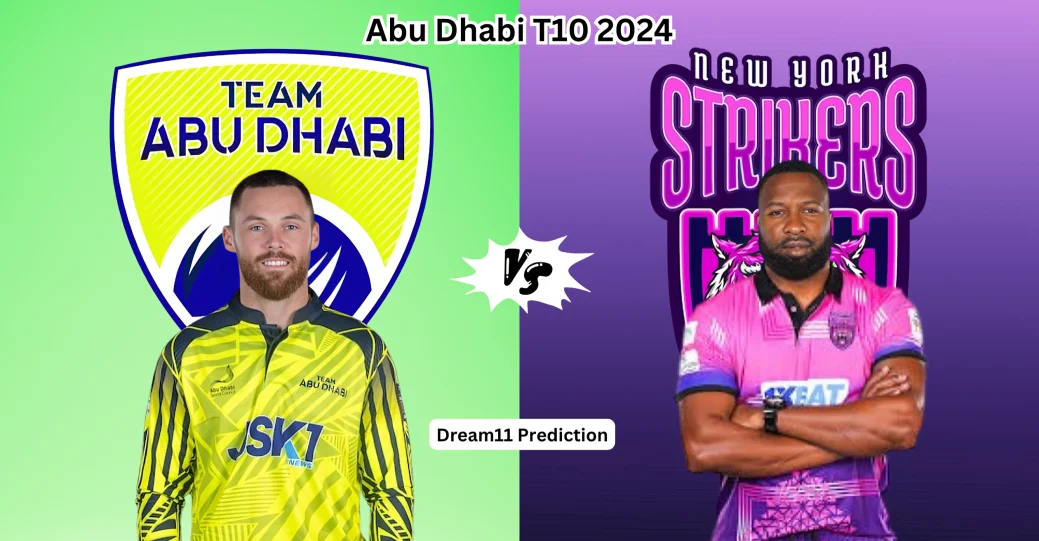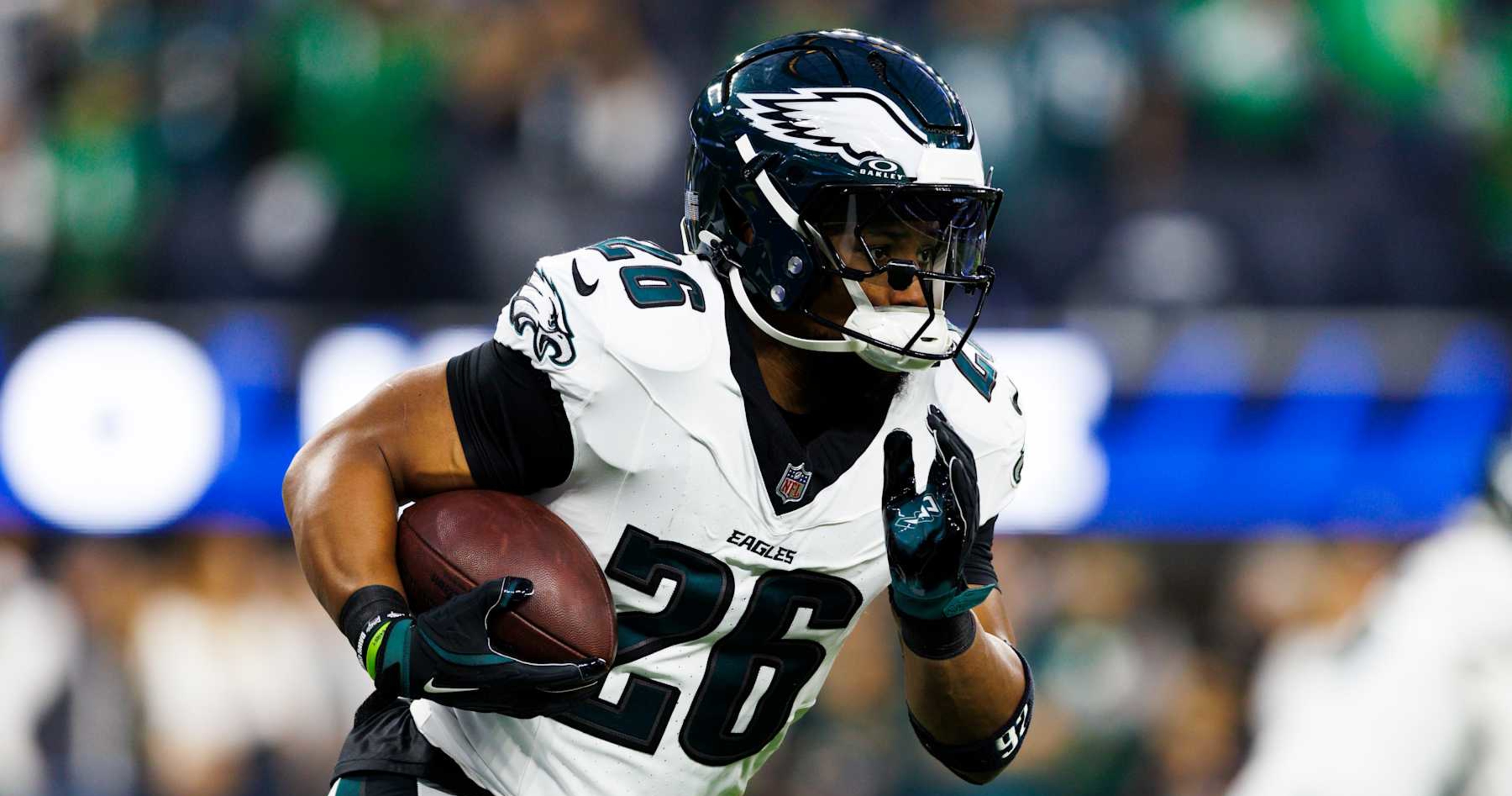Golf
What one lakeside Georgia golf course meant to a New York Yankees legend

GREENSBORO, Ga. – You never know what sort of unexpected wonders a new golf course can help unlock.
I flew up to play some golf at the sprawling Reynolds Lake Oconee resort and community, but first, I planned a visit to play the Harbor Club on Lake Oconee, a semi-private golf course and residential community that helped establish the 19,000-acre lake and its shores as prime vacation territory about 80 minutes east of Atlanta.
By accident, my timing was impeccable.
Less than 72 hours after the New York Yankees had eliminated the Cleveland Guardians from the Major League Baseball playoffs and advanced to the 2024 World Series for another showdown with their rival Los Angeles Dodgers, I found myself at a place near and dear to one of the Bronx’s all-time bombers.
New York Yankees legend Mickey Mantle bashed 536 home runs in his career in pinstripes, including a record 18 in his World Series career. After retiring in 1968, he took to golf. Although pitchers tend make the best golfers – see John Smoltz, Mark Mulder and more – it makes perfect sense that golf attracts gifted hitters as well. The sound of a flushed golf shot and the satisfying crack of the baseball bat are cousins, and the competitive possibilities in golf no doubt held considerable appeal to Mantle. He spent significant parts of his sunset years living in a lakeside villa at the Harbor Club, where he wowed fellow golfers with his naturaly hand-eye coordination. He could hit a ball just as hard left-handed as right-handed.
But it isn’t Mantle’s name you see on a street sign just around the bend from the clubhouse. It belongs to his son, Billy, who died of a heart attack at just 36 years old, days after his father had emerged from a life-changing stint in alcohol rehabilitation at California’s Betty Ford Clinic. This tragic turn led to one of the most frank and deeply personal athlete interviews ever televised: a 15-minute conversation between Mantle and broadcaster Bob Costas in March of 1994. Seventeen months later, Costas would give the eulogy at Mantle’s funeral.
Despite his considerable generosity – he once paid for repairs to the Harbor Club gatehouse after a workman accidentally damaged the building with his truck – Mantle was hard on himself, plagued by frustrations at not having gotten as much out of his prodigious baseball talent as he thought he should have. In the Costas interview, he admits, bluntly, that he also fell well short as a father.
Though the stakes are lower, lifelong golfers know the relentless frustrations borne out of high expectations. Why do I keep losing my tee shots to the right? Why did I just three-putt from 15 feet? Success, however one measures it, is perpetually elusive; it’s easy to be crushed by the weight of oversized expectations. A golfer moaning and complaining on a beautiful golf course on a gorgeous day is a pitiful sight.
Perhaps golf’s tribulations helped Mickey Mantle gain some perspective and give himself some grace. In his interview with Costas, conducted on camous at the Harbor Club, Mantle acknowledged that the flood of well-wishes he received while he was at the Betty Ford clinic for alcohol rehabilitation helped him realize – years late – the affection he engendered in baseball fans. Perhaps that gratitude, however delayed, helped him heal.
And perhaps that gratitude extended to his home golf course, a beautiful hidden gem of sorts, hiding at the northern tip of Lake Oconee. The 7,027-yard Harbor Club course opened in 1991, laid out by Tom Weiskopf and Jay Morrish on splendidly hilly lakeside property that is part of a 1,000-acre development. The front nine starts with a friendly fastball down the middle in the form of a 390-yard, down-then-up straightaway par 4, followed by a nasty-curveball par-3 that stretches as long as 240 yards.
Weiskopf and Morrish change speeds relentlessly, aided by the terrain. The shortish but steadily uphill dogleg-right par-5 4th gives way to a long par 4 at the 5th hole, which snaps left around deep bunkers and dives downhill, offering the golfer’s first look at the lake. The back nine is more eclectic but of a similar feel, culminating in a terrific five-hole finish where the par 5 14th with a short-porch option is followed by a trademark Weiskopf drivable par 4: a blast and a bloop. The par-3 17th gives the best view down a finger of the lake, boats bobbing pleasantly away along both shores.
Harbor Club on Lake Oconee: front nine photos
Harbor Club on Lake Oconee: back nine photos
There’s a thread running through Mantle and one of the men who laid out the golf course he enjoyed. Despite winning the 1973 Open Championship, Weiskopf ultimately left his sport believing he had squandered his prodigious talent. As with Mantle, alcohol was the culprit. “Every bad mistake I made,” Weiskopf once told golf writer Jeff Rude, “related to alcohol.” Weiskopf rang in the 21st century by quitting drinking and remained sober the last 22 years of his life. It was a fertile period, full of noteworthy golf course designs including multiple PGA Tour stops.
One unusual aspect of the Harbor Club is that it is proudly semi-private, with no plans to stop offering public access despite a healthy and sizable membership. Ownership believes strongly in welcoming outside play while keeping the choicest times for members. Total rounds stay below 25,000 per year, largely because the club doesn’t promote itself heavily to non-members. It’s there for those who are willing to look for it. Peak rates climb past $200 in the high seasons and Masters Week is very busy. It is a welcoming place that lacks the golf-factory feel that several public and resort properties have started to exhibit post-pandemic. It’s charmingly quiet, unfussy and full of gratifying moments – a place to play worthy of its most famous former resident.










